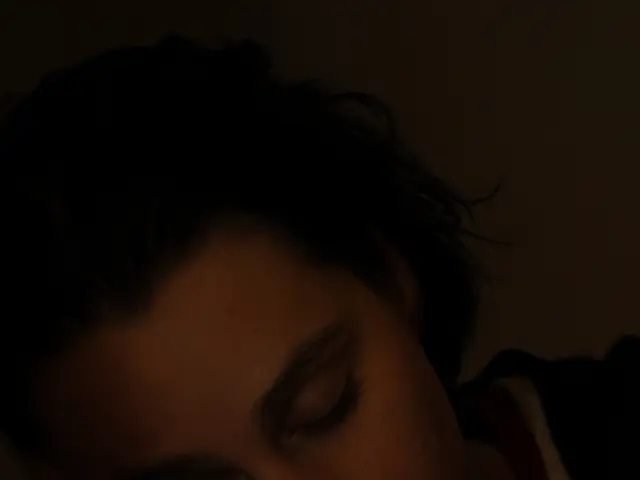Alopecia Cicatrisata, in simpler terms, is a permanent form of hair loss, characterized by scarring of the skin where hair used to grow.
Alopecia Cicatrisata, also known as Pseudopelade of Brocq, is a type of scarring alopecia that leads to permanent hair loss. While the exact cause remains unclear, it is believed to involve an autoimmune component where the body's immune system mistakenly attacks hair follicles. Other potential causes include infections, trauma, and genetic factors.
Individuals diagnosed with Alopecia Cicatrisata may experience symptoms such as hair loss, itching or burning, redness and inflammation, scarring, changes in skin texture, follicular pustules, and changes in nail appearance. This condition can affect individuals of any age and gender, but it is more commonly observed in adults.
While there is no cure for scarring alopecias like Alopecia Cicatrisata, several treatments can help manage symptoms and possibly slow progression. Topical or injected steroids can reduce inflammation, while immunosuppressants can help reduce the immune system's attack on hair follicles. In some cases, antibiotics may be prescribed to treat any underlying infections.
Hair transplantation may be considered once the condition stabilizes to restore hair growth. For cosmetic purposes, wigs or hairpieces can be used to cover affected areas. Lifestyle changes, such as avoiding scalp trauma and managing stress, may also help slow the condition's progression.
A nutrient-rich diet, including omega-3 fatty acids, biotin, and vitamin E, can support hair growth and overall scalp health. Essential oils such as rosemary, lavender, and tea tree oil can promote hair growth and improve scalp health. Aloe vera can help reduce inflammation and provide moisture to the scalp.
Support groups and therapy can help individuals with Alopecia Cicatrizata navigate feelings of anxiety or depression related to hair loss. Counseling can provide emotional support, as hair loss can significantly impact self-esteem and mental health.
Diagnosis of Alopecia Cicatrisata involves recognising its symptoms, consultation with a dermatologist, physical examination, scalp biopsy, blood tests, and trichoscopy. Managing Alopecia Cicatrisata often requires a multidisciplinary approach, including dermatologists, immunologists, and sometimes mental health professionals.
It is important to note that in some cases, hair may regrow after treatment for Alopecia Cicatrizata, but this is not guaranteed. The extent of regrowth often depends on the severity of the condition and the effectiveness of the treatment.
Central Centrifugal Cicatricial Alopecia (CCCA) is a different condition, also involving scarring alopecia, but its treatment approach may overlap with that of Alopecia Cicatrisata, focusing on managing symptoms rather than reversing the condition.
In conclusion, while Alopecia Cicatrisata can be a challenging condition to manage, understanding its causes and available treatments can help individuals take proactive steps towards managing their symptoms and maintaining their overall health.
- Maintaining health and wellness, particularly in terms of skin care, is essential for individuals battling Alopecia Cicatrisata, as changes in skin texture, follicular pustules, and inflammation are common symptoms associated with this skin condition.
- In the realm of medical-conditions related to health and wellness, Alopecia Cicatrisata, a persistent and scarring form of hair loss, requires a multi-faceted approach including immunosuppressants, topical steroids, antibiotics, nutrient-rich diets, essential oils, and stress management to help manage symptoms and possibly slow its progression.




